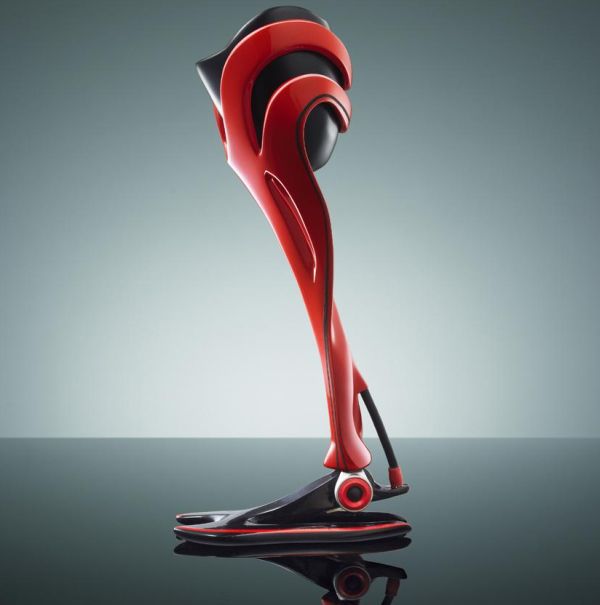Every year, big corp sports brands come up newer and more innovative tech and design that are geared to allow athletes of all disciplines perform more optimally. On the other hand, paraplegic athletes and people with lower limb disabilities are often overlooked by mainstream sports gear manufacturers and these sportspersons often have to rely on their own physical strength to stay competitive in their sport.

However, the disabled athlete field is one of the fastest growing sectors with more and more people with disabilities turning to sports to stay active and improve their fitness. Cycling is one of more popular sports among paraplegics though existing prosthetics do not allow these athletes to make the most optimal use of their artificial limbs in the discipline. The current models of prosthetic foots and legs come with special clipping and unclipping functions that allow athletes to maintain a grip on the pedal but most of them suffer for the lack of proper ergonomics and thus athletes using them experience what can be described as a “dead zone” of force, i.e., the stiffness of the artificial foot forces the athlete to spend more energy when pedaling in comparison to the force used by cyclists without disabilities. To eliminate this particular disadvantage, designer Seth Aslie created the CADENCE prosthetic concept for cyclists which looks to provide cyclists with a distinctive ease of use and functionality to allow them to spend only the force required.
Current prosthetic foot models are stiff and remain still and parallel to the ground when pedaling which requires extra strength when pedaling for longer durations. The Cadence allows the rider to pedal in a proper circular motion, mimicking the natural movement of the human foot, thus restoring proper pedaling. An elastomeric band in the front of the prosthetic leg accumulates potential energy as the rider pedals forward. When the foot reaches the lower part of the circular movement, the kinetic energy stored in the band snaps the prosthetic limbs upwards allowing the user to conserve energy during cycling. The split toe design also allows the rider to see the clip on the pedal and they can easily attach and remove their artificial feet from the pedal with the visual feedback.
The improved clipping and unclipping function, thus allows easy release of the foot from the pedal. The Candence prosthetic is also fully customizable and can be retrofitted to suit the exact measurements of cyclists. To allow the prosthetic concept to be used in competitive cycling events, Aslie used the form of the fastest bicycles manufactured in Italy as in inspiration for the prosthetic concept.
Via: JamesDysonAward

